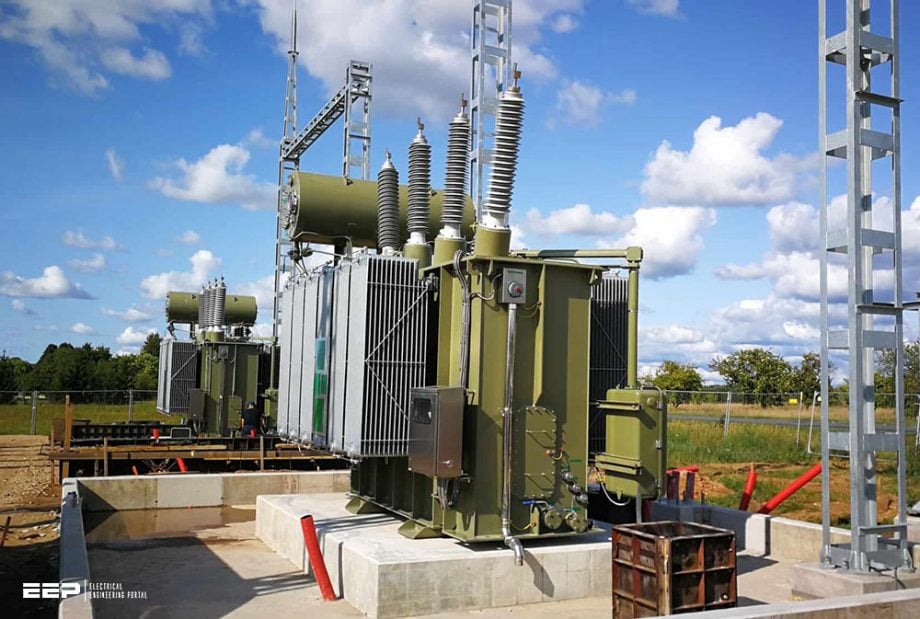Substation transformers are a type of electric transformer used specifically for alternating current. An alternating current is a type of electrical power that reverses the direction of the current flow regularly. The voltage stays the same, but the current flow reverses its direction by 180 degrees in each cycle – about twice a second.
What are substation transformers?
Substation Transformers are devices that use electricity to change the voltage and frequency of alternating current (AC). The transformer allows this to be done in one step, making it more efficient and reducing the number of times power needs to be transferred. This is important because it can help reduce energy costs and improve overall grid efficiency.
You may browse metapowersolutions.com/ to purchase reliable substation transformers.

Image Source Google
There are two types of substation transformers: primary and secondary. Primary transformers take the higher-voltage AC input and change it to a lower voltage AC output. Secondary transformers take the lower-voltage AC input and change it to a higher voltage AC output.
The main benefits of using substation transformers include:
-
Efficiency: A transformer can convert power from one type of electrical energy into another, making it more efficient.
-
Reduced energy costs: Substation transformers can help reduce energy costs by changing the voltage or frequency of AC.
-
Improved grid efficiency: By converting power from high-voltage AC to lower voltages or frequencies, substation transformers can improve grid efficiency.